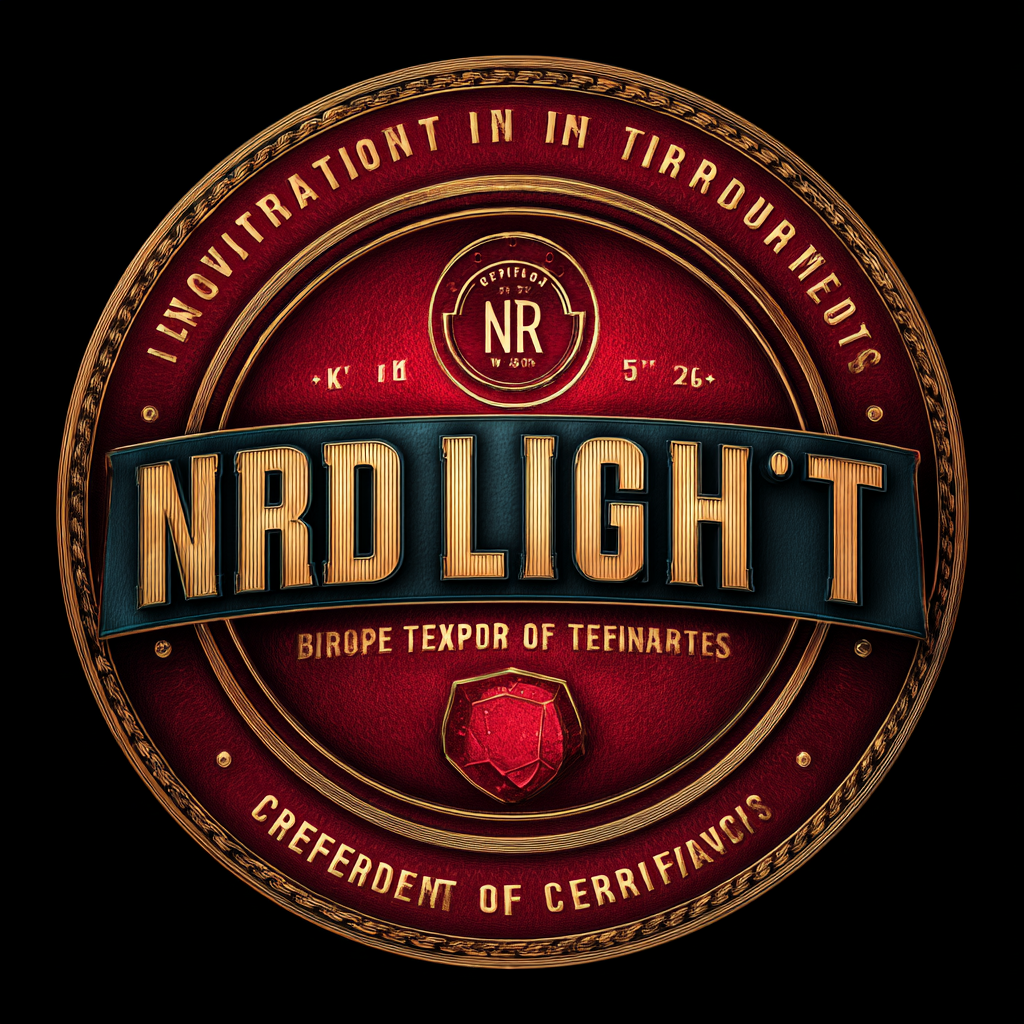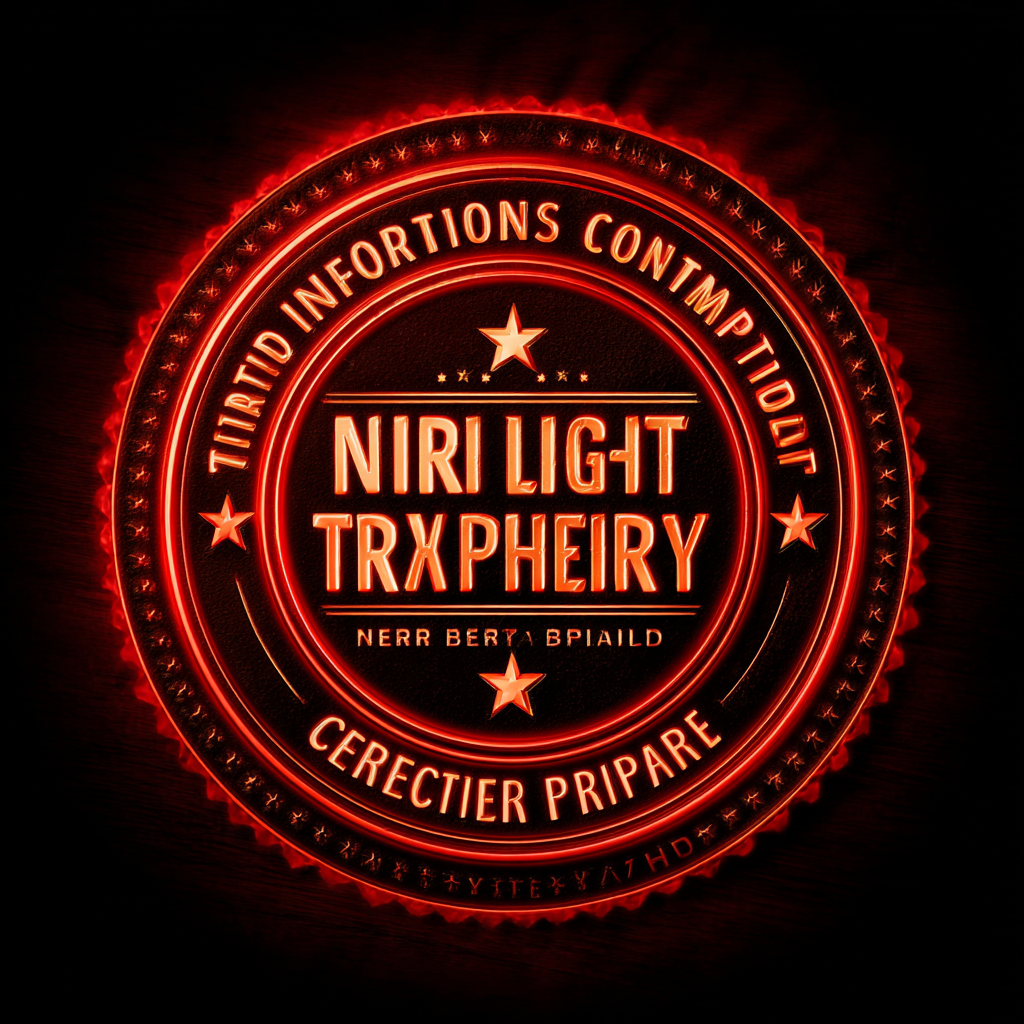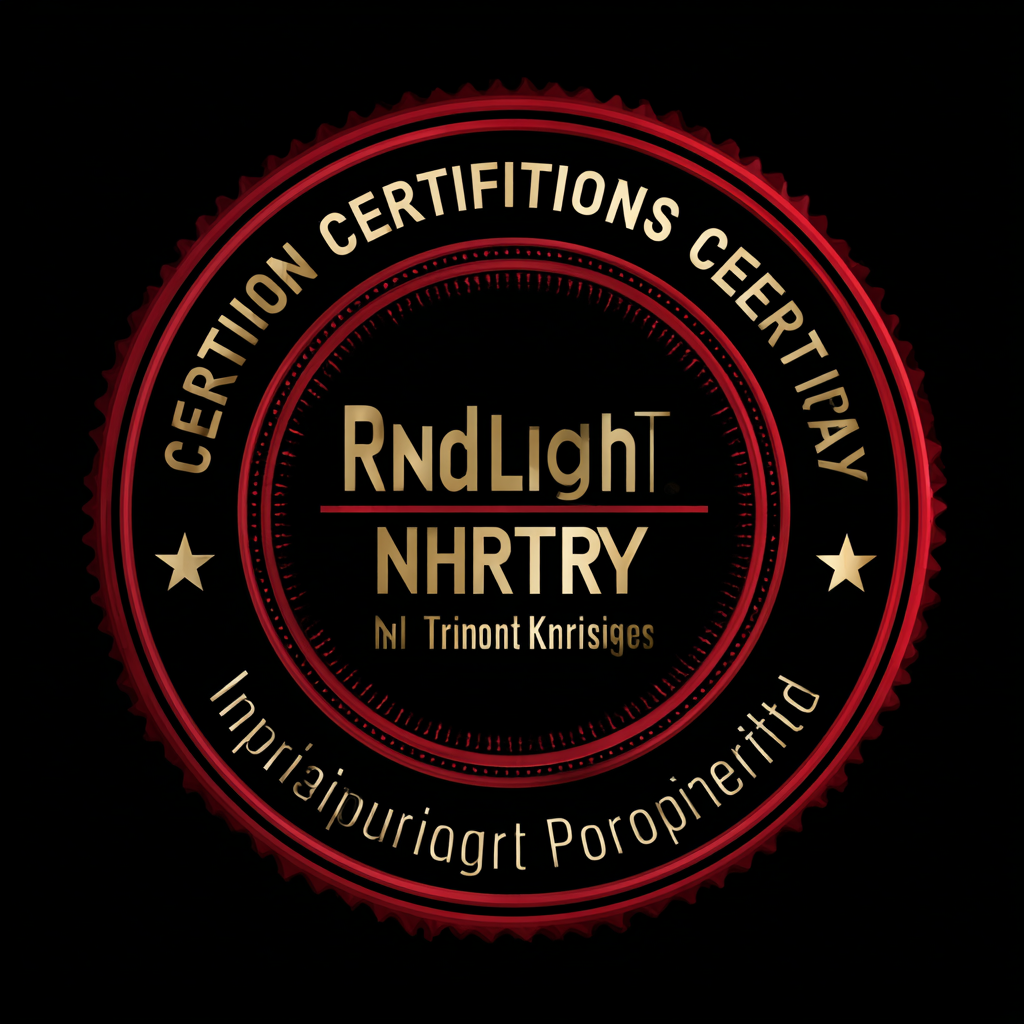


- English
- Español
- Português
- русский
- Français
- 日本語
- Deutsch
- tiếng Việt
- Italiano
- Nederlands
- ภาษาไทย
- Polski
- 한국어
- Svenska
- magyar
- Malay
- বাংলা ভাষার
- Dansk
- Suomi
- हिन्दी
- Pilipino
- Türkçe
- Gaeilge
- العربية
- Indonesia
- Norsk
- تمل
- český
- ελληνικά
- український
- Javanese
- فارسی
- தமிழ்
- తెలుగు
- नेपाली
- Burmese
- български
- ລາວ
- Latine
- Қазақша
- Euskal
- Azərbaycan
- Slovenský jazyk
- Македонски
- Lietuvos
- Eesti Keel
- Română
- Slovenski
- मराठी
- Srpski језик




 When engaging in international trade, particularly with red light therapy products, understanding and navigating the intricate web of regulations is crucial. Compliance with export and import certifications not only ensures smooth transactions but also protects your business from potential legal troubles. This sector requires familiarity with standards set by various regulatory bodies, which can vary significantly between countries.
When engaging in international trade, particularly with red light therapy products, understanding and navigating the intricate web of regulations is crucial. Compliance with export and import certifications not only ensures smooth transactions but also protects your business from potential legal troubles. This sector requires familiarity with standards set by various regulatory bodies, which can vary significantly between countries.